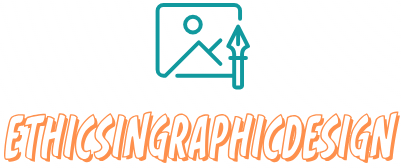How to Design Effective Promotional Materials
Designing effective promotional materials is essential for capturing attention, conveying your message, and driving desired outcomes. Here are some steps to design effective promotional materials:
Define your objectives
Clearly define the goals and objectives of your promotional campaign. Determine what specific action you want your audience to take, whether it’s making a purchase, attending an event, or subscribing to your services. This will help guide the design process and ensure that the materials align with your desired outcomes.
Know your target audience
Understand your target audience’s preferences, needs, and demographics. Tailor your design elements, images, colors, and messaging to resonate with your target audience. This understanding will help you create promotional materials that grab their attention and effectively communicate your message.
Highlight your unique selling proposition (USP)
Identify your unique selling points or what sets your product, service, or offer apart from competitors. Use these USPs as the focal point of your promotional materials. Clearly communicate the value or benefit that your audience will gain by engaging with your promotion.
Create compelling visuals
Visuals play a crucial role in capturing attention and conveying your message quickly. Use attention-grabbing images, graphics, or illustrations that resonate with your target audience. Ensure the visuals are high-quality, visually appealing, and cohesive with your brand identity.
Keep it clear and concise
Avoid cluttering your promotional materials with unnecessary elements. Use concise and impactful messaging that clearly communicates your key points. Include a strong call-to-action that tells your audience what steps to take next.
Use consistent branding
Maintain consistent branding across all promotional materials to build brand recognition. Use your logo, brand colors, and typography consistently to create a cohesive and professional appearance. Consistency builds trust and helps reinforce your brand identity.
Consider readability and legibility
Ensure that your promotional materials are easily readable. Choose fonts that are legible, especially when used in smaller sizes. Use appropriate font sizes, colors, and contrast to make your text easily readable, even from a distance.
Test different formats and layouts
Experiment with different formats and layouts to determine what works best for your target audience and campaign objectives. Try different sizes, orientations, and formats like flyers, postcards, banners, or digital ads. Monitor the effectiveness of each design and adjust accordingly.
Proofread and review
Before finalizing your promotional materials, thoroughly proofread and review them for any grammatical errors, typos, or design flaws. A professional and error-free design reflects positively on your brand and ensures a high-quality output.
Monitor and measure results
After your promotional materials have been distributed, track and measure their effectiveness. Monitor key metrics such as response rates, conversions, and sales to assess the success of your campaign. Analyze the results to identify areas for improvement in future promotions.
Remember, an effective promotional design not only captures attention but also effectively communicates your message and drives action. By following these steps, you can create compelling promotional materials that resonate with your target audience and contribute to the success of your marketing efforts.



